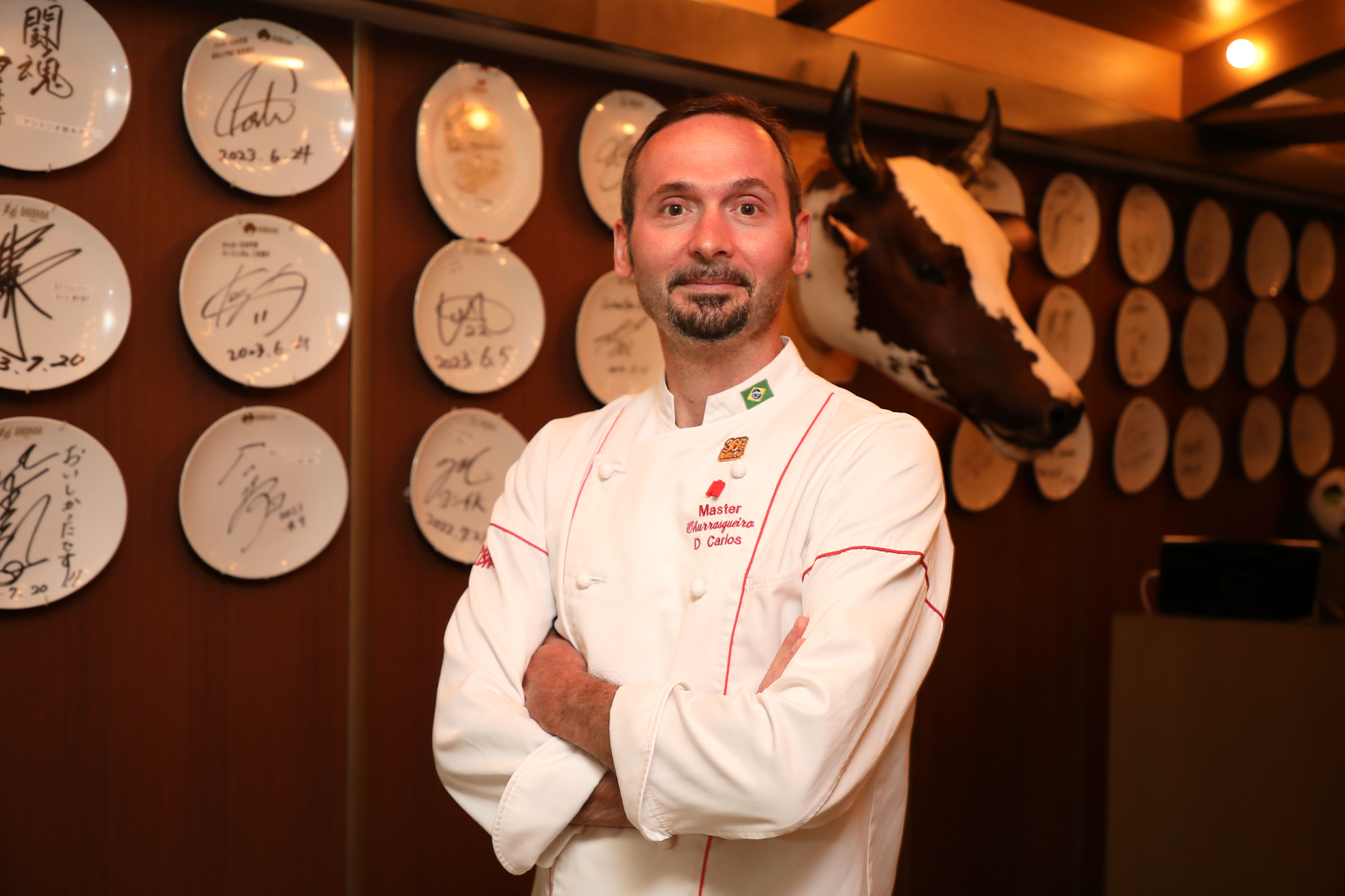
Carlos Nakajima – Master Churrasqueiro, Barbacoa
Growing up on a cattle property in Santa Catarina, Brazil, Carlos Nakajima has always put the animal first. His family also ran a butcher’s shop and from a very early age he understood how the relationship between the way the animal was raised played out on the plate.
Born in 1971, by his early 20s he was in the kitchen, dreaming of opening a “churrasco” restaurant. Churrasco is a way of cooking meat that goes back to the indigenous Brazilian peoples’ way of paying respect to the cattle they raised. Meat would be cooked over fire and shared by communities, a barbecue in the true sense of the word.

By 1990 Carlos was a “passador” at Barbacoa restaurant in San Paulo, responsible for the meat section in one of Brazil’s premier groups of restaurants. In 1994 he moved to Japan to help open the group’s first restaurants there and now he is an ambassador for the brand based out of the flagship restaurant in Aoyama, Tokyo. But for all that, it’s still about the animal. He’s been an advocate for Tender Valley Beef, based out of the Riverina area of NSW, his whole career and a recent visit to the area reinforced his thinking. “Australian beef has the best balance of lean meat and fat, compared with other countries. Beef from the United States and Wagyu is too fatty for my liking.”
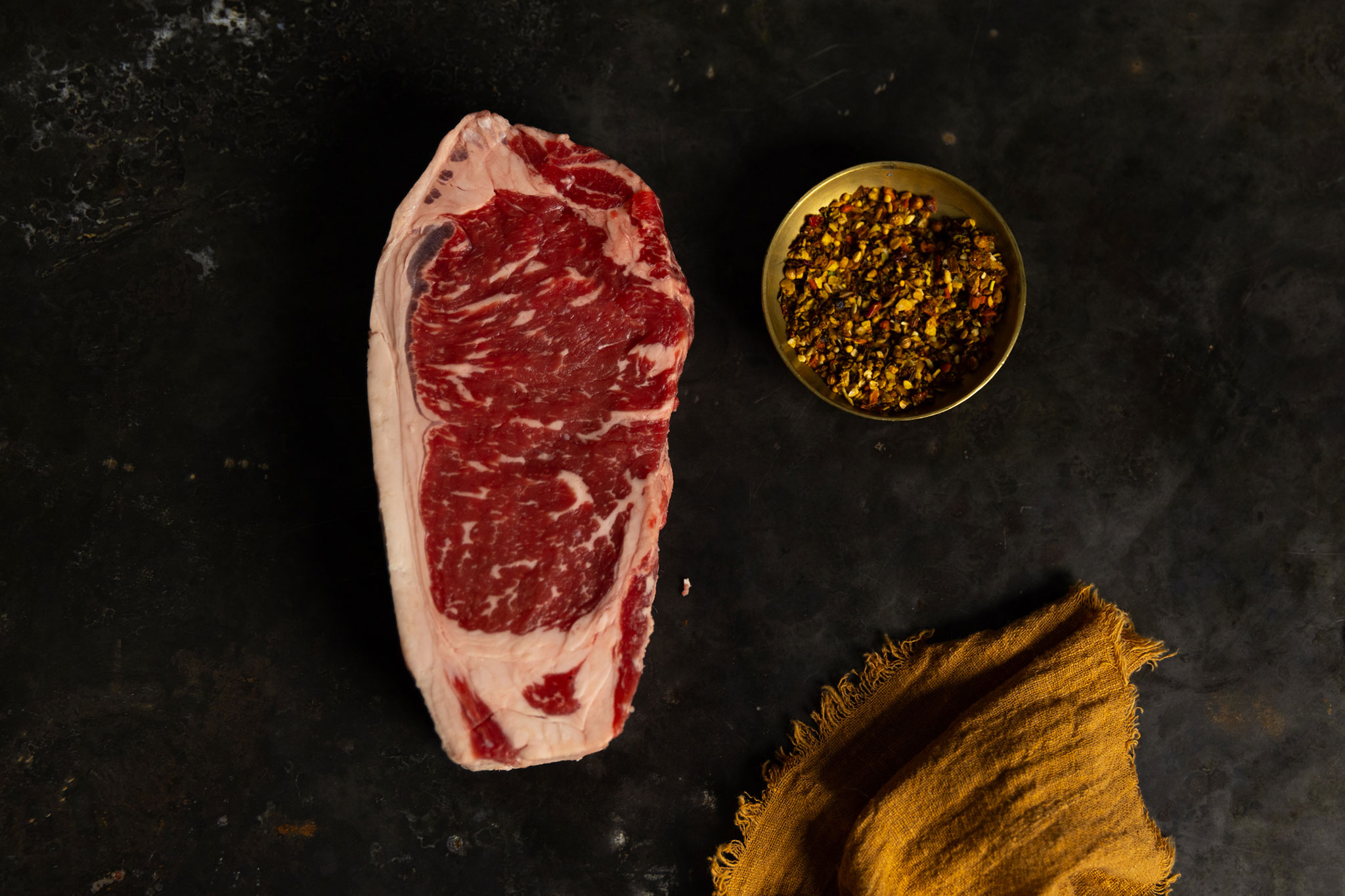
Tender Valley Beef is primarily Black Angus, grain fed with a marble score of 3+, raised for the Japanese market. “I’ve been using Tender Valley Beef for 29 years. I was really impressed by the quality and taste when I opened a bag the very first time,” he says. “Since then, the quality has never disappointed me and I’ve never thought about changing. “I’ve had approaches from other beef suppliers from the United States and such, but I’ve never been tempted.”
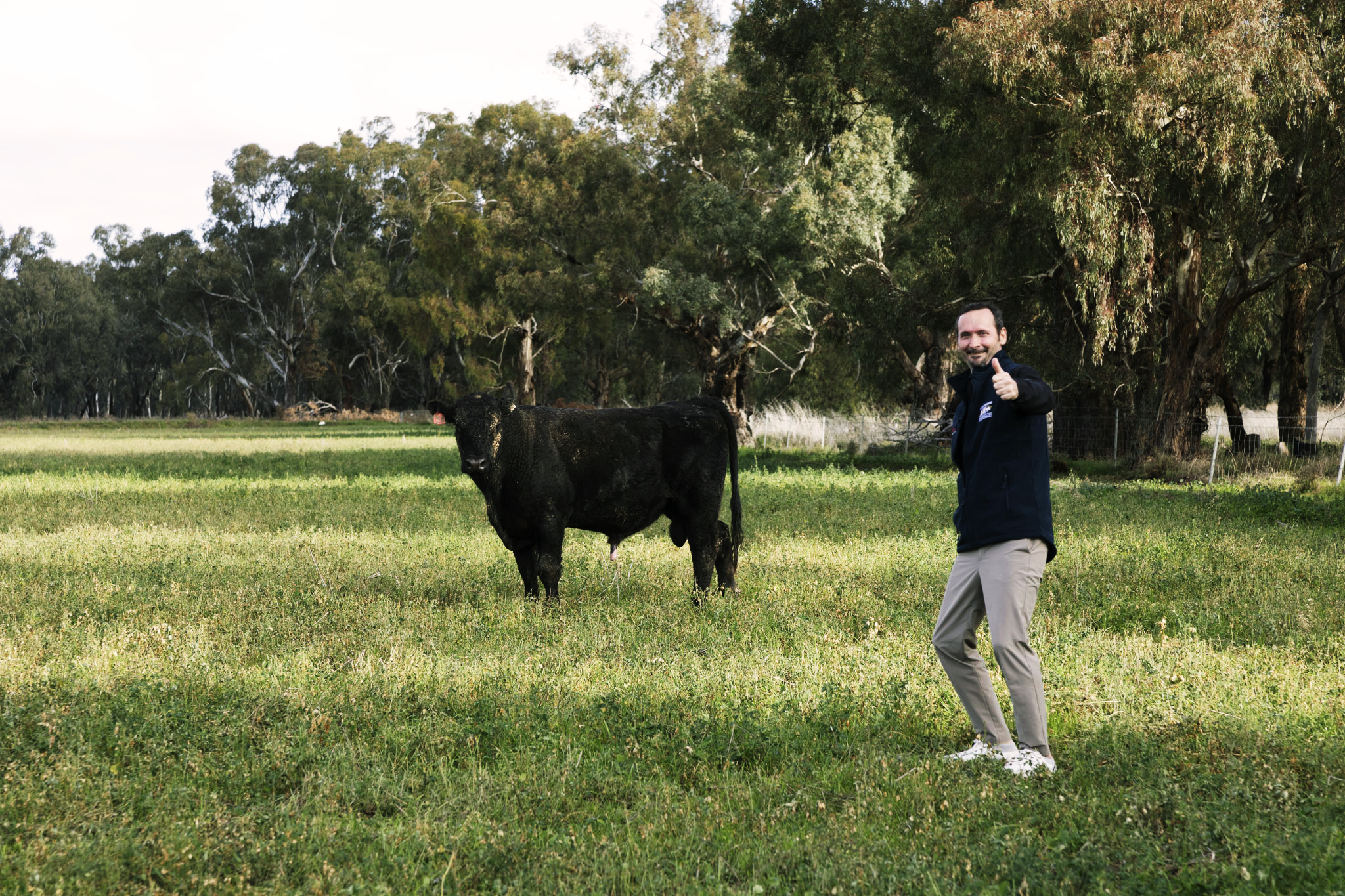
His recent visit to the Riverina made him remember that connection between how the animal is raised and how it transfers to the experience for the diner at the restaurant. “It was my first visit to the feed yard and the plant in the Riverina and I could understand why the quality of beef was so good,” he said.
“I was impressed by the space the cattle had to roam, the freshness of the feed and the cleanliness of the water. “Even the layout of the facilities, the cattle didn’t have far to walk from the feed yard to the abattoir and all of that helped lower the stress the animals feel. In the end, this helps with the final quality of the beef.”
Tender Valley Beef prides itself on the collaboration between the families that raise the cattle and the chefs that get the meat to the table. That’s a concept that’s important to Carlos too. “It’s very important to know the origin of all the materials we use,” he says. “To serve a good meal, only 50 per cent might be my cooking skills. The other 50 per cent is the quality of the materials I use, from the beef to the vegetables and the other fresh produce in the dish.”
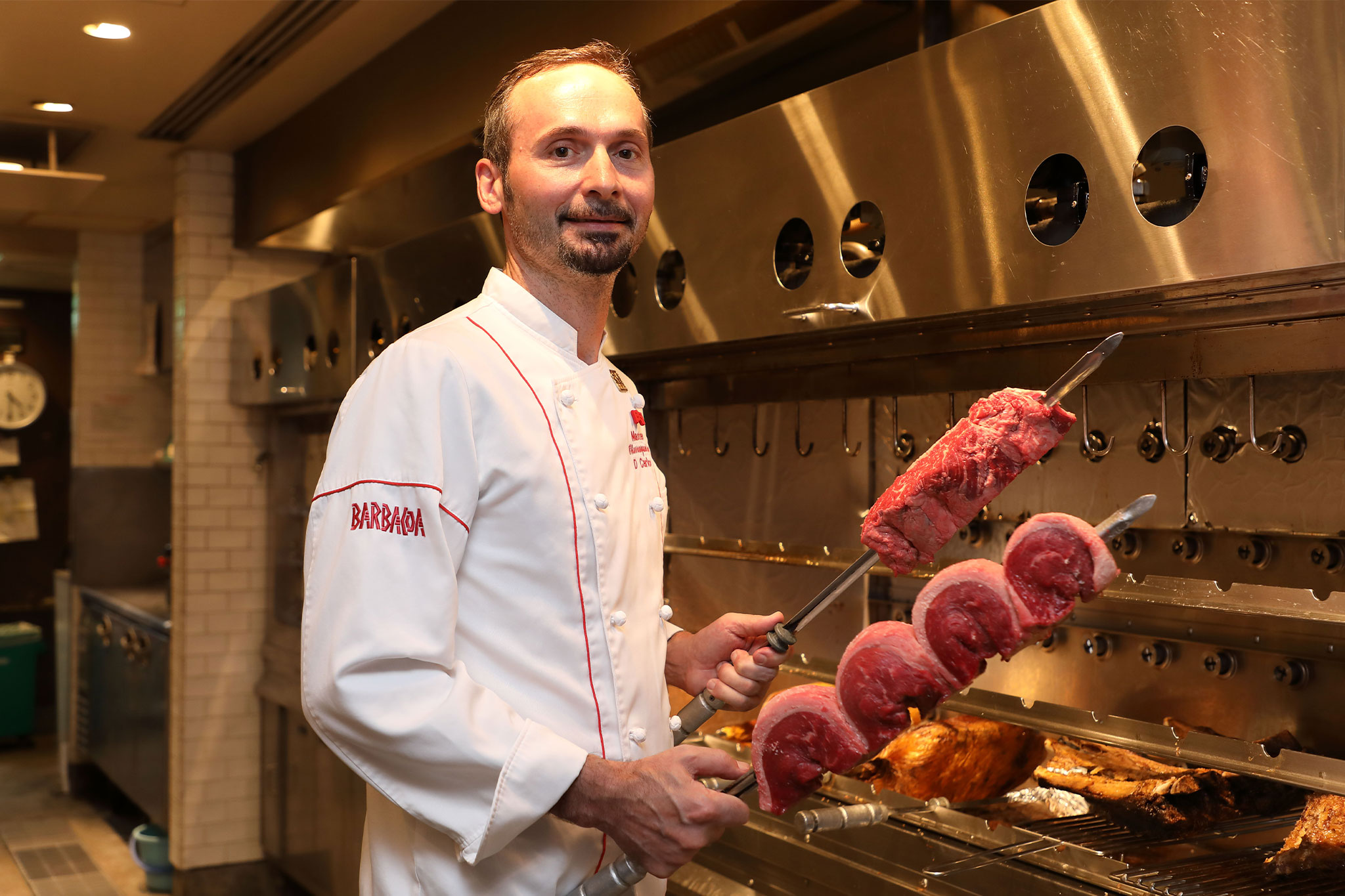
The Aoyama venue where he is based in Tokyo seats close to 180 people. It’s a luxurious night out, a far cry from the humble beginnings of the concept, which would often be found along the side of highways all over Brazil. But it’s still all about high-quality food, served with generosity and a love for meat. Although he’s not too keen to spread the message about JBS products too far and widely. “I don’t want too many other chefs to know about the quality of products JBS Australia has because I don’t want too much of it going to my competitors.”
